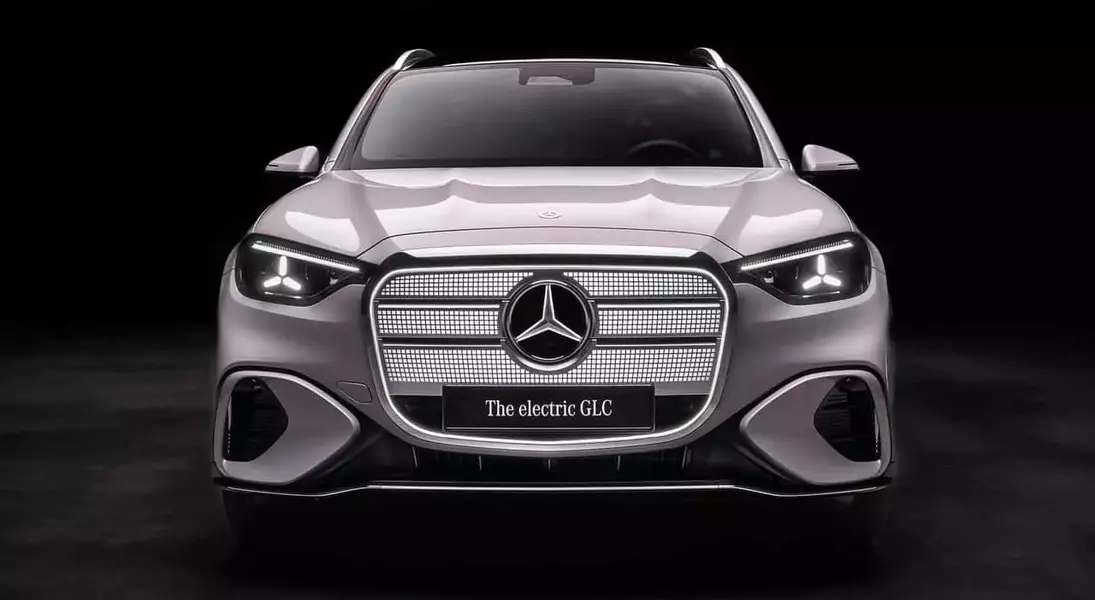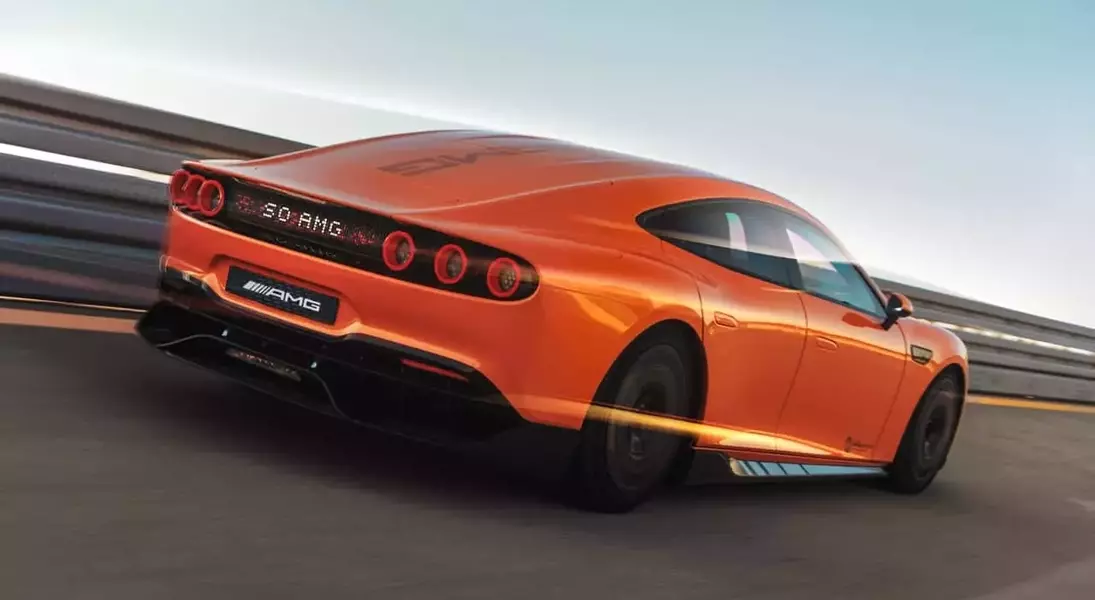



Mercedes-Benz is embarking on an ambitious journey to reclaim its top position in the American luxury car market, setting a target of 400,000 annual unit sales, excluding fleet transactions. This bold objective underscores the German automaker's determination to surpass key rivals such as BMW and Lexus, who currently hold a stronger foothold in the region. The plan hinges on a robust and strategic introduction of new vehicle models and a renewed focus on high-demand segments.
Mercedes-Benz Charts Ambitious Course for US Market Dominance
In a recent pivotal meeting with dealers held in the vibrant city of Las Vegas, Adam Chamberlain, the CEO of Mercedes-Benz USA, unveiled the brand's comprehensive roadmap to achieve its formidable sales target. A cornerstone of this strategy is a dynamic and extensive product launch schedule, featuring a blend of conventional gasoline-powered vehicles and innovative electric models.
Among the exciting new offerings slated for the US market are a sleek new CLA sedan, an all-electric version of the popular GLC SUV, and a compact 'baby' G-Class, which promises to blend rugged utility with luxurious appeal. Furthermore, the company teased a high-performance sedan boasting an astounding 1,000+ horsepower, indicating a commitment to both efficiency and exhilarating driving experiences. Anticipated updates for the GLE and GLS SUV lines are also on the horizon, with their debuts expected in the near future.
Chamberlain highlighted the pivotal role of these refreshed and entirely new SUV models. He projected that vehicles such as the GLC, GLE, and GLS would contribute approximately 55 percent of Mercedes-Benz's total US sales by the close of the current decade, a notable increase from the 40 percent recorded last year. This emphasis on the SUV segment reflects a keen understanding of evolving consumer preferences and market demand, presenting a significant avenue for growth.
Achieving the 400,000-unit milestone presents a considerable challenge. Last year, Mercedes-Benz sold approximately 325,000 passenger vehicles in the US, including fleet sales, placing it behind BMW's 371,000 units and Lexus's 345,000 units. Indeed, Mercedes-Benz last led the US luxury market in 2018. However, with the strategic introduction of compelling new products, the company is poised to make a strong bid for market leadership once again. The automotive industry eagerly awaits the unfolding of this ambitious plan to see if Mercedes-Benz can indeed reclaim its coveted top spot in the competitive US luxury car landscape.
This aggressive strategic maneuver by Mercedes-Benz reflects the ever-intensifying competition within the luxury automotive sector. It underscores the importance of continuous innovation and adaptability to shifting consumer demands. For other automotive brands, this serves as a potent reminder that complacency is not an option in the pursuit of market leadership. The battle for the top spot in the US luxury market promises to be an exciting spectacle, driven by technological advancements and compelling new designs.
